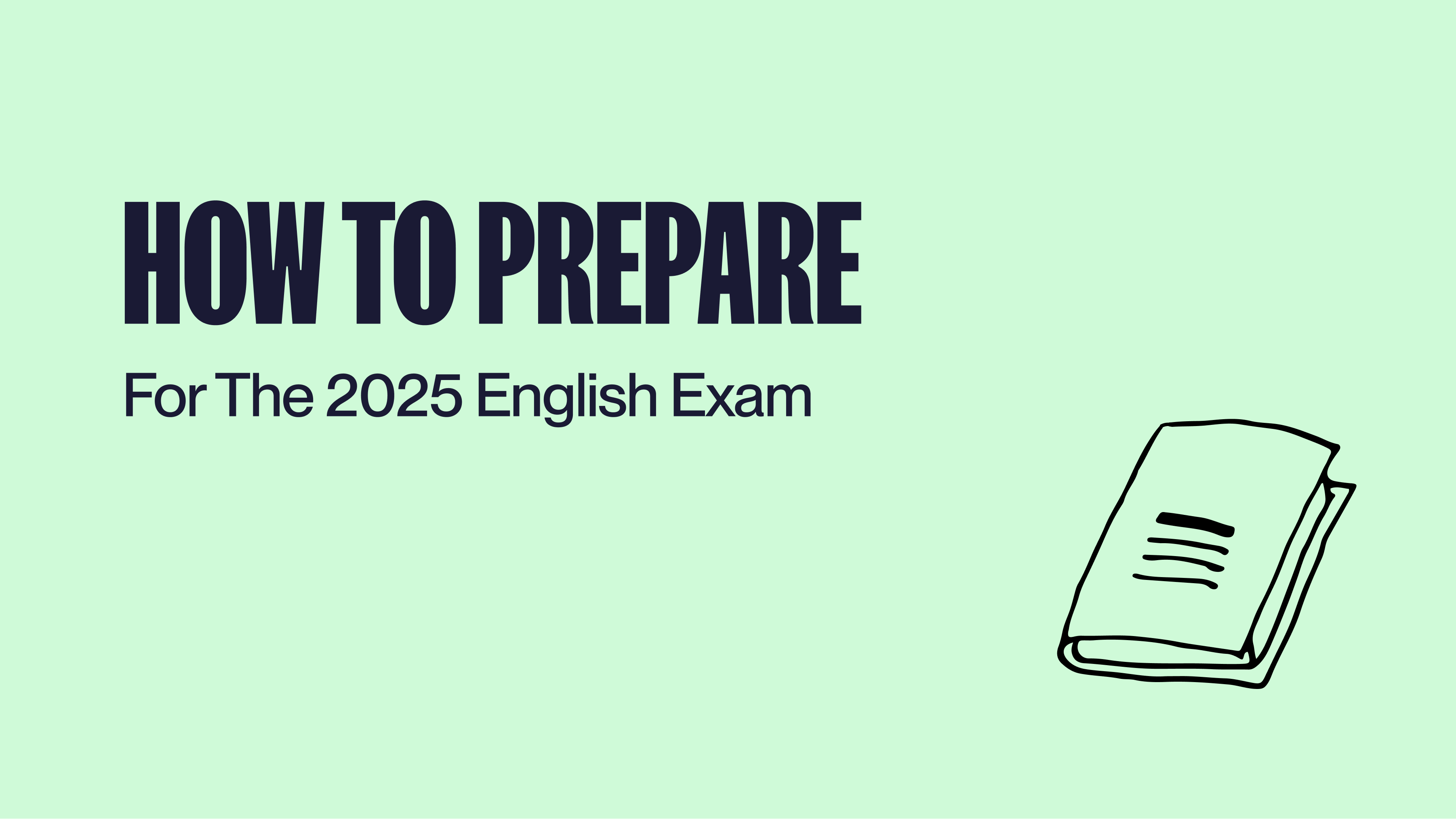
Video Deep Dive: VCAA English Exam NHT 2018 - Our Future with Robots
William Liu - one of our most experienced tutors - will be walking you through the VCAA English Northern Hemisphere exam in this online lesson. Everything from the basics to the nitty-gritty's that only the top 1% will identify will be covered in great details in this video.
Recommended activities:
- Print out the article by clicking this link of the article
- Annotate the article while watching the 'deep dive', highlighting key evidence and write down the techniques identified
- Grab a cup of coffee/tea to make the learning more enjoyable!
- Write a complete essay based on the analysis after watching the video
- Carefully read through the Examiner's Report below to identify areas of improvement.
VCAA Examiner's Report:
Source: https://www.vcaa.vic.edu.au/Documents/exams/english/2018/nht/englishnht_examrep18.pdf
Section C – Analysis of argument and language to persuade
The unseen task material consisted of a feature article voicing concern about the ways in which robots could potentially adversely impact upon ‘our society’ and a letter in response to this article that adopted the opposing line of argument, viewing the use of robots as a positive change. The feature article included an embedded visual image of a robot in a hard hat, and this image sought to exemplify and strengthen the line of argument being presented by the writer. The topic, language, length and style of the two pieces readily offered opportunities for all students to demonstrate the skills required. The descriptors used for assessment related to the extent to which the arguments presented were understood, there was insight into the ways in which written and visual language persuade and a capacity to use language fluently and adeptly.
Takeaways:
- Issue: (1) the ways in which robots could potentially adversely impact upon ‘our society’ (2) the use of robots as a positive change
- Form: Feature article included an embedded visual image & letter
This task required students to closely consider the given material, including the visual, and examine the ways in which argument and language operate together to persuade a target audience to share a specific point of view. While two divergent views were presented with respect to the social impact of the use of robots, no comparison of these two texts was sought or required.There was no requirement or opportunity to evaluate the effectiveness of either text in persuading. Rather, students were expected to approach each piece in a holistic manner, asking how it persuades its audience through a combination of argument and language.
Takeaways:
- Consider the relationship between argument and language
- No comparison required, approach each piece in a holistic manner
Students needed to focus on the ways in which each writer structured and sequenced their arguments and carefully used language to persuade their readers. The highest-scoring student responses demonstrated a capacity to explain the persuasive impact of these interrelated elements in such a way that this could be substantiated from the media text in question and that showed anawareness of the intended impact on the target audience. They also needed to consider and explain why the image was placed within the body of the feature article, and to comment on how this directly supported the argument of the writer and thus was an integral part of the persuasion.
Takeaways:
- Structure and sequencing of arguments are important
- Why was the image placed within the body of the text?
- How does this support the author's argument?
It is important that students avoid merely labelling and identifying argumentative devices and forms of persuasive language. They should not simply describe what is shown in a visual image. Rather, this task required students to explain why such forms of argument and language are used by the writer to fulfil the persuasive intent of the piece. To this end, it is essential that the written-expression used is non-judgmental in tone, in the third person and employs appropriate metalanguage that facilitates succinct explanations.
Takeaways:
- Avoid merely labelling techniques
- The expression should be non-judgemental in tone
- Be succinct!
.png)


